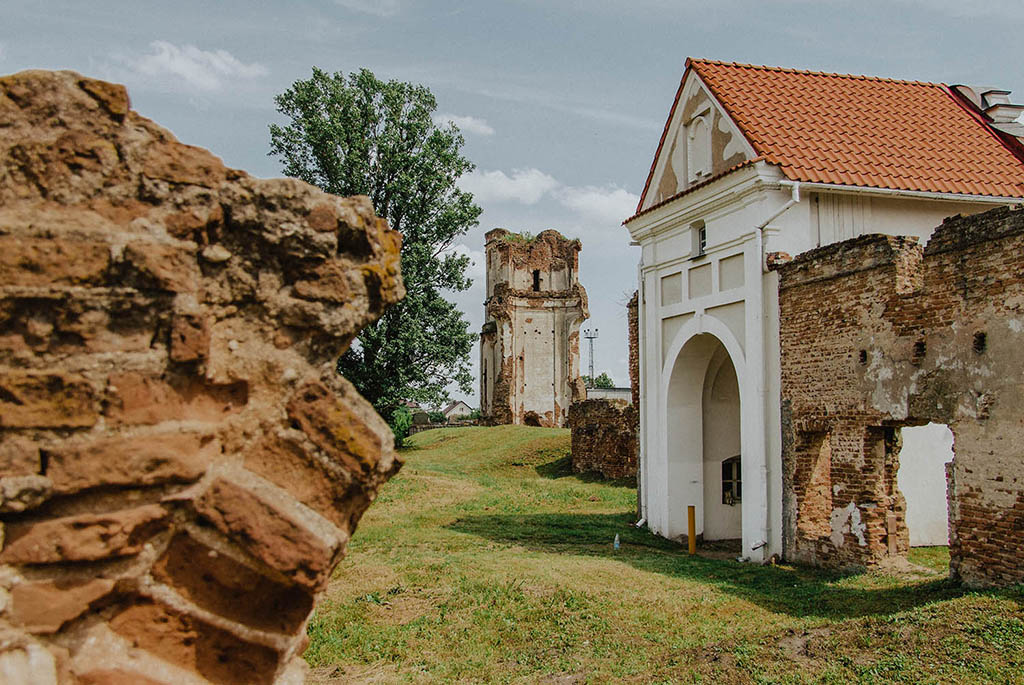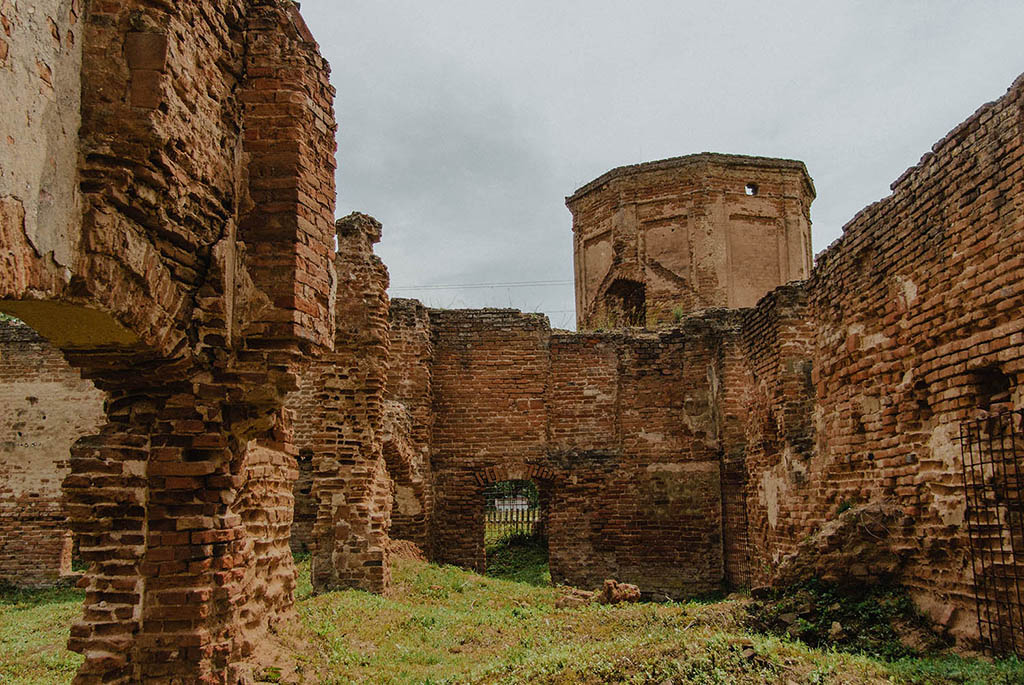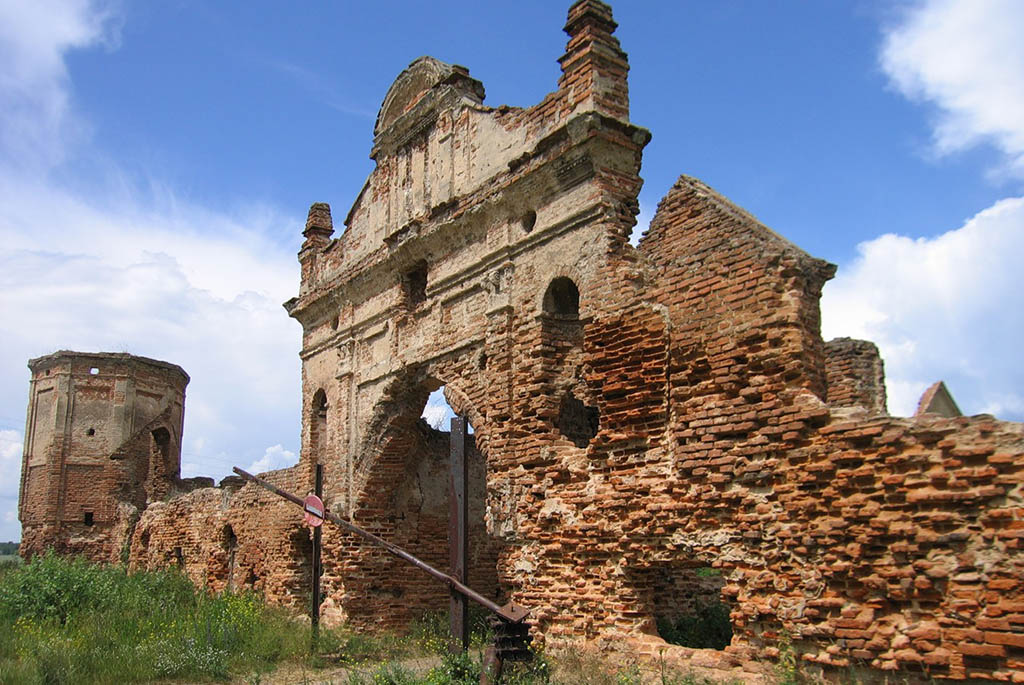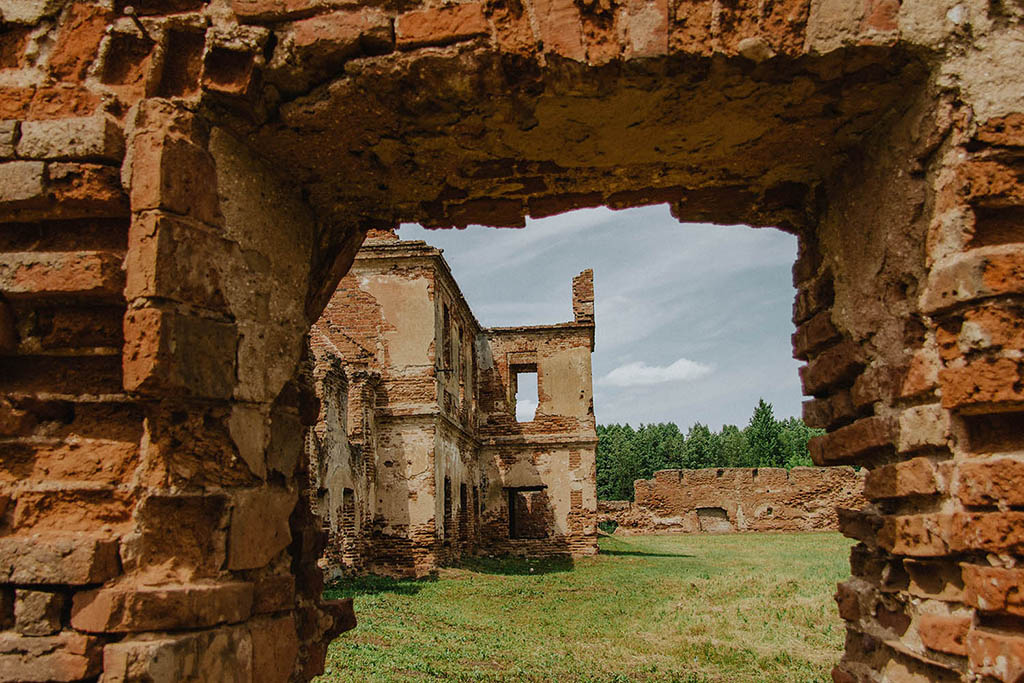The Carthusians are a Catholic monastic order founded in France in the 11th century. Its members were characterized by severe asceticism, hermitage, a predilection for silence and solitude, a commitment to persistent physical and intellectual labor.
To coordinate the construction of the monastery, representatives of the Carthusian order from Poland arrived in Beryoza at the invitation of Kazimierz Lew Sapieha. The construction of the monastery took almost 40 years. The monastic complex, surrounded by a thick fortress wall, had a pentagonal shape and represented not only a religious but also a defensive structure. The monastery territory included:
- A church - a three-nave basilica with three apses.
- A chapel.
- A library.
- A hospital.
- A pharmacy.
- Utility rooms.
- A garden and ponds.
- Monastic cells - since the monks practically did not communicate with the outside world and with each other, secluded cells were built for them, each with a separate courtyard and garden. The entrance to the monastic complex was a massive gate with loopholes. It is depicted on the coat of arms of the city of Beryoza.
The Sapieha family spared no expense on the construction of the monastery. They provided the monastic order with land and serf peasants, whose sons from the age of twelve and until they reached adulthood had to work for the benefit of the monastery.
The prosperity of the Carthusian monastery constantly grew due to the donations of feudal lords, usury, bequests of wealthy people. By the beginning of the 18th century, the monastery had turned into the largest feudal estate, which owned mills, sawmills, leather, brick and distillery factories, craft workshops. The city of Beryoza was renamed to Beryoza-Kartuzskaya for many years.
The Northern War and subsequent historical events disrupted the prosperous life of the Carthusian monastery. The monastery was captured and looted by Swedish troops. After the third partition of the Polish-Lithuanian Commonwealth, Beryoza went to the Russian Empire. During the uprising of 1830, the monks supported the side of the insurgents, so after the suppression of the rebellion, the monastery was closed, and its territory was settled by Russian soldiers. Since then, the Carthusian monastery began to decline. Its walls were dismantled for bricks for the construction of barracks, at the beginning of the 20th century the buildings suffered from a severe fire. Until the onset of World War II, the monastery's premises housed a Polish camp for political prisoners, and during the war, it served as a German hospital.
The Carthusian Monastery Today
The once rich refuge of the Carthusians has reached our time in the form of ruins. You can see the monastery as it was in its heyday only in the works of Napoleon Orda. Even the remaining ruins impress the visitors of Beryoza with their grandeur and the scale of the buildings.
Partially preserved to our days are:
- A part of the residential buildings.
- A part of the church bell tower.
- Fragments of the watchtowers.
- The entrance gate - the only part of the complex that has been restored at the moment. It was restored based on N. Orda's drawings.
Entry to the monastery complex is free, there is a parking nearby. It's easy to get here by car - the M1 highway is nearby. Trains from Minsk to Beryoza run several times a day.





